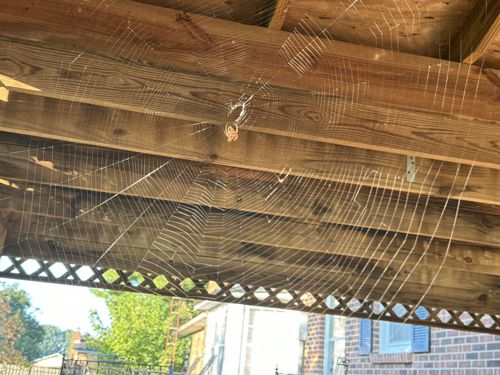Orb Weaver Spider
Scientific Name: Araneidae (family)
Order & Family: Order: Araneae, Family: Araneidae
Size: Body length typically ranges from 2 mm to 30 mm, depending on the species. Females are generally larger than males.

Natural Habitat
Orb weavers are found in a wide variety of habitats, including gardens, forests, fields, and around human structures like porches and eaves where they can easily build their large, elaborate webs to catch flying insects.
Diet & Feeding
Orb weavers are predatory spiders that feed primarily on flying insects, such as flies, moths, mosquitoes, and beetles, which they catch in their sticky orb webs.
Behavior Patterns
These spiders are famous for constructing intricate, circular (orb) webs, often at night, which they may rebuild daily. They typically sit in the center of their web or hide nearby, awaiting prey. Most species are solitary.
Risks & Benefits
Benefits: Orb weavers are beneficial in controlling insect populations, especially agricultural pests and nuisance insects. Risks: They are generally harmless to humans. While they can bite if provoked, their venom is not considered dangerous to humans, typically causing only mild local pain and swelling.
Identified on: 10/7/2025